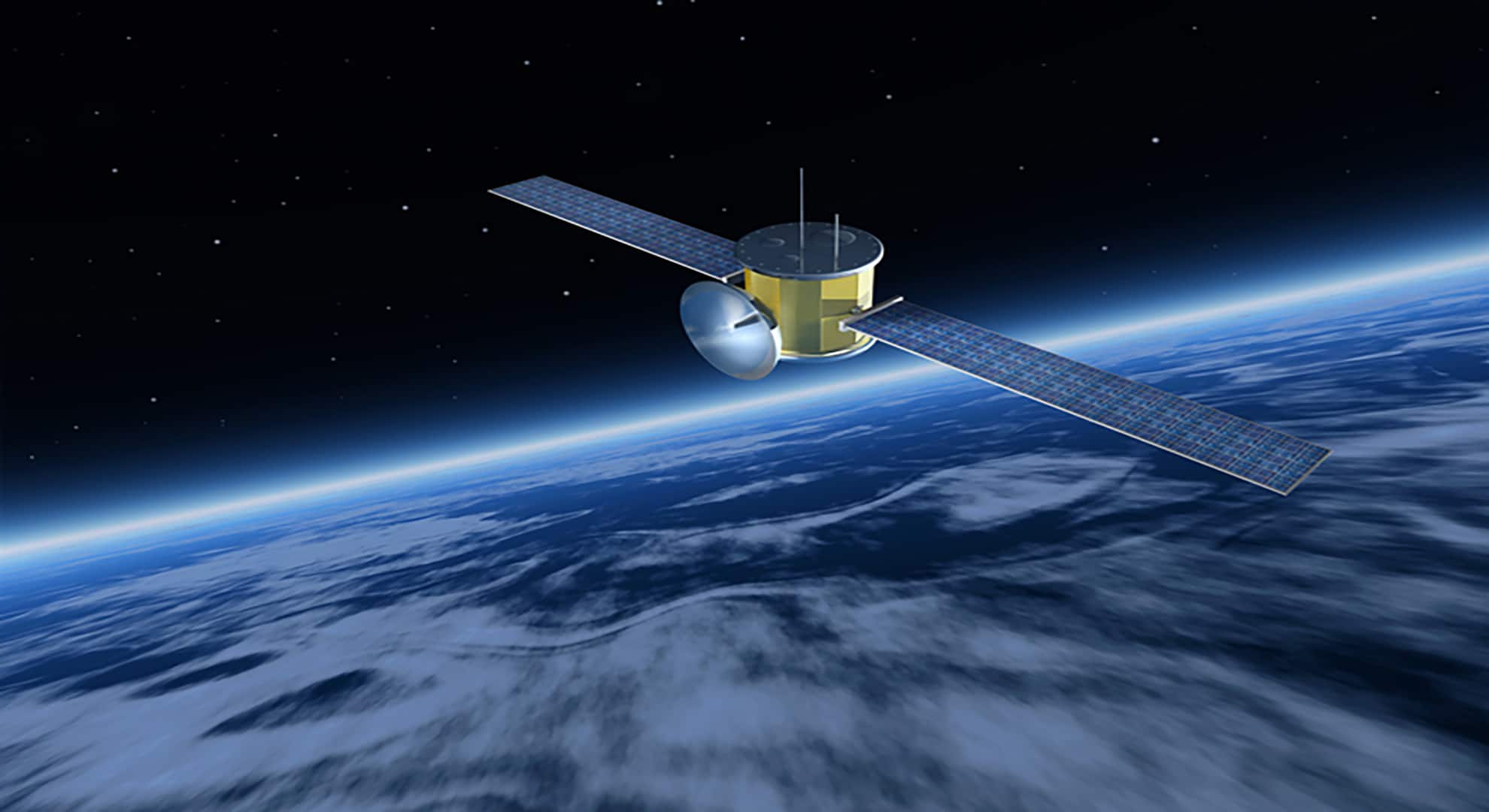
30 Apr Satellite Internet moves into the world of transport
The development of mobile technology continues to advance with the goal of transforming communications, transport and the various types of infrastructure involved forever. In relation to the latter, clear progress is being made in various areas. This doesn’t just involve the implementation of 5G and artificial intelligence in vehicles, roads and terrestrial communication systems, satellite Internet will also play a significant role in the global transport of the future.
Private satellite networks like Starlink continue to progressively roll out their services. As they do so, they hope to expand Internet coverage to rural areas once previously inaccessible in terms of connectivity. However, they’re also setting their sights on expanding their scope of action. Recently, they submitted an application to the North American regulators to set up satellite Internet reception antennae at various ‘moving ground stations’. This doesn’t just mean cars, but also trucks and lorries, ships, and even aircraft.
Satellite Internet to transform transport and logistics
Recent events, such as the Ever Given container ship incident in the Suez Canal, demonstrate the importance of fluid global transport networks and ‘well-oiled’ logistics in the development of the world’s economies. Introducing improvements, advances and new facilities within this field supported by technology doesn’t seem, as a result, like just another visionary aspiration, but rather a global strategic movement that many companies and governments will simply have to join.
As such, requests like Starlink’s shouldn’t be altogether too surprising. Currently, Elon Musk’s company is offering its users the option to be sent an installation kit that includes an antenna and mobile device. However, this equipment – which requires self-installation – doesn’t seem to be the most ‘well-suited’ option to be fitted to vehicles, although it is a possibility that technically exists, with the help of a series of mounting accessories.
The idea is that, in the short term, many manufacturers will start to include this satellite Internet reception equipment in their various modes of transport. This ‘standard’ installation would then greatly facilitate the adoption of satellite Internet as standard, as well as expanding its benefits.
Trucks and lorries with permanent, 24/7 access to high-speed Internet, regardless of the terrain, physical obstacles in the countryside, or even large ‘coverage-gap’ areas of land; ships with constant access to 175 mbps broadband; trains and smaller vehicles with remote management options and ways of optimising routes and delivery times… the possibilities, both for Starlink and other companies looking to satellite Internet for their futures, really are endless.
Satellite Internet makes progress in Europe
Staying with Musk, the tycoon recently confirmed the adoption of satellite broadband in his Tesla vehicles as “something that could definitely happen in the coming years”. Meanwhile, SpaceX continues to expand. In Spain, they’ve opened a new division in beta mode and, globally, they already have 1,000 satellites in orbit.
According to consulting firm Euroconsult, in 2018, 55% of satellite operators’ income came from transport and video and television signal broadcasting. By 2030, 80% will be generated by data services. Euroconsult’s estimates provide an explanation as to why so many private initiatives like Starlink are expanding with the launch of new satellite constellations.
It’s about seizing the opportunity to bring Internet access to remote parts of Latin America and Africa, as well as rural populations in Europe and the United States.
Though the step towards satellite Internet in transport is a goal that will inevitably transpire, both in Europe and in other parts of America and Africa, infrastructure development remains a step behind. That’s why those involved in the sector, those with less financial muscle than SpaceX, are rushing to invest in satellite Internet so as not to ‘lose their competitive edge’ as time goes by.

